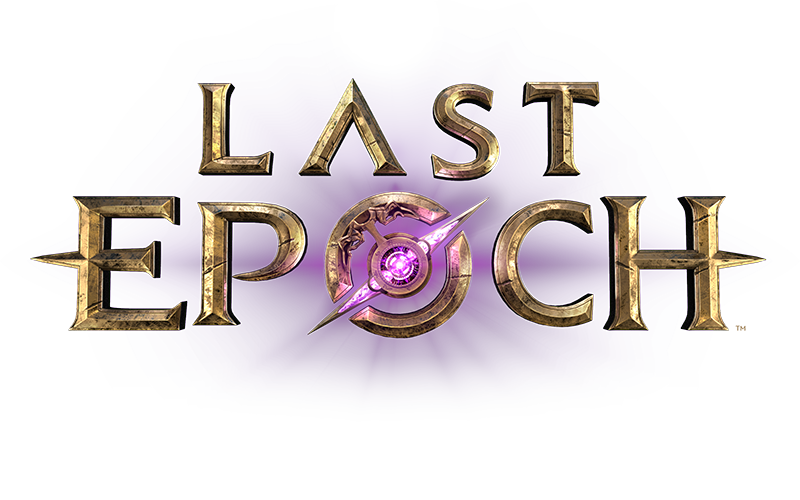Yeah, which returns us to ‘viable to do all core content’ from ‘meta’ at least.
Which is good enough, agreed.
Much like some combinations in LE aren’t feasable despite being there, intentional or not.
Well, how many wuld be in LE?
Is including Mana Strike as a melee similar enough to making Mana Strike a ranged skill but both as the core skill being used, with others supporting it?
As an example.
Or do we count Wraithlord Arbour as a wraith-build or a separate one?
The same goes in PoE… does a pure cyclone build and a cyclone build triggering shockwave count as the same build? They’re both ‘Cyclone builds’ after all.
Where to pull the line? Because we need to pull it for both games then.
And completely ignoring them would cause a reduction to ‘The skill’ rather then the adjustments causing that skill to feel entirely different. Because if I trigger spell totems which explode upon ending their time (or too many being there) while spinning it’s the same as casting hail of arrows in that case… and we both hopefully can agree that the style is quite differently played despite the same core skill being present.
That system is definitely more guided then the freely interchangeable gem system of PoE which leans more towards a sandbox though?
It’s solely about that part after all… not the whole game. Story-wise and progression wise both are ‘guided’ experiences after all, while ‘Witcher 3’ in comparison would be very much a sandbox comparatively… not to speak of ‘Minecraft’ which actually is one to a massive part 
No?
Absolutely and utterly… no?
Creating charges can be used for charge consuming skills, enabling them.
Overleech enables some mechanics for example as well, only working while leeching… which would usually interrupt nigh non-stop.
Corpse consuming for AoE enables interactions which would otherwise be non-viable since the area is so low that you can barely even interact with a single pack at once, making those non-viable.
And more.
The only reason is that since the system of LE is more guided - and hence curated - you don’t get free access to all skills at once, with only the respective fixed upside of the mastery having any effect.
A guided experience can enhance gameplay as much as a sandbox one, just differently.
Why do you even think this is a bad thing?
A story without guidance for example becomes a mess since everything is willy-nilly in order or needs extensive search for where to progress… the right mechanic at the right spot simply.
As a meta.
As a viable manner you increase that count hundredfold.
The common behavior (since self-designed functioning builds are darn hard because of the complexity of the system) is to follow guides though, and that’s what limits the variety.
LE has vastly less need for guides since their system is smaller and allows less errors to happen.
Is this good? Is this bad? Flavor! What do you enjoy more?
Badly worded from my side, my mistake.
